One of the great things about our series is that we included so many voices and still kept it very focused. But, this inevitably led to a lot of people reaching out, asking “Well, why not ____?” Artists, websites, personalities and storylines by the dozens, because the thing about the Blog Era is: we were all a part of it and all valid to “the conversation.” It’s just that there was limited space, limited time.
We planned to go long on streetwear in the second episode. We had a natural lead-in, through Vashtie and NYC’s downtown scene: we could talk about Stüssy, Union, Dave’s Quality Meat, aNYthing and more — but after much back-and-forth between us/our editor Timmhotep Aku, we agreed that more would be lost by its inclusion than if we just cut it. So we did.
And that made sense for The Blog Era: The Podcast but I still think it’s worthy to talk about here. Among other reasons, this info is not easy to track down. Just like NahRight, there’s no Wikipedia for the streetwear brand 10.Deep.
I should mention that I personally think there are way better people to do a story on streetwear or even on 10.Deep. But maybe this inspires someone else to do it for real.
In starting the original high-end streetwear brand in 1980, Shawn Stüssy gave surf culture a uniform and aesthetic to abide by when not in the water, and it grew to encompass skate and hip-hop culture too. It was “easy to wear, affordable but well-made, graphic driven, designed to skate in or rap onstage in,” as GQ said. Life is short, dress loose.
By the late 80s and early 90s, others would join the subculture: 555-Soul, PNB and later Supreme in New York; BAPE and Undercover in Tokyo, to name a few. And then there was UNION in NYC, which was more than just a store: it was a conversation. It was just like Sway on Mondaze, the party we talk about in our second episode.
This is Scott Sasso, who had grown up in Manhattan and was attending school at Vassar. He started a zine, because it was 1995 and that’s just what people did. But the zine wasn’t as exciting as the t-shirt promoting it.
We only did two issues, fifty copies. I was doing that, and it wasn’t working. While I was working on the magazine, we did a t-shirt for it and I don’t know why, because we certainly didn’t have enough distribution that anyone would be interested in wearing that logo around. When I stopped [the magazine], I found myself needing to fill up my extra time, and decided to start printing t-shirts. I came up with the idea to do 10.Deep in April 1995. The first products came out in September of the same year. (via)
It should be said that Scott’s mom had been a clothing designer in the 60s and 70s, creating outfits for some of the most glamorous women of the day: Diahann Caroll, Phylicia Rashad, Brooke Shields, Liza Minelli, among many others. Seems relevant to his journey.
This was his first logo for 10.Deep, which Scott put on a t-shirt and attempted to sell at UNION:
Scott explained to me, “The buyer thought it looked like a Champion logo, and he thought that was corny,” which sucked because - as Scott also told me - “UNION was super important to streetwear. It was one of the only shops in the world that was packaging the culture as whole.”
The second drop was more successful:
[It] was a series called the Urban Survival Games. I was playing with designs during the time of the Olympics and drew one of a stick figure jumping over a turnstile. That sold and really turned 10.Deep into a business. I thought, there might be something more here than just making T-shirts for my friends. (via)
Though it was growing in increments, 10.Deep remained mostly a side project for years, while Scott worked in the urbanwear space, designing for Mecca, leaving there to co-found Akademiks. (Akademiks, which would grow to be an $80M business in 2004.) But the money didn’t move him. He felt the clothing was lacking personality; it was just slapping logos on t-shirts, with no design.
I got Scott to explain the difference between urbanwear and streetwear:
Relative to urban brands, I'd say streetwear is as Rawkus Records or Native Tongues was to Bad Boy. Driven by art and ideas and culture, instead of the marketplace and mainstream success. Streetwear in my opinion was a rejection of the mainstream.
Urban brands were very important to "the culture" prior to the Blog Era, but the ways and stylings became so entrenched and stagnant that it stifled creativity and streetwear was there to step in when the culture wanted something different
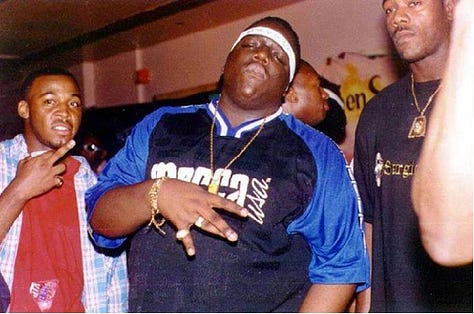


In the early 2000s, streetwear was slowly, surely moving from the margins. Scott brought up Pharrell wearing BBC and Jay-Z in Orchard Street in the Frontin’ video. Turtle was running all over town to cop #rare sneakers in Entourage. Plus, you had a ton of brands popping up in NYC over a very short period of time: Staple, Mighty Healthy, 3Sixteen, Dee & Ricky, Mishka, Reason, Lemar & Dauley, Recon, along with more legacy acts like ALife, SSUR and ONLY NY.
10.Deep started to gain a foothold, because of its designs, its references and sense of humor. And Scott says you started to see a flow of guys who “got it” coming in to support:
In accordance with the record company analogy I made, starting around 2001 to 2004, the "alternative" rap artists were the first to start to appear in the press in 10.Deep: Common, Black Thought, Questlove, Mos Def, Dave Chapelle. Surprisingly, Jay-Z too. ⬇️
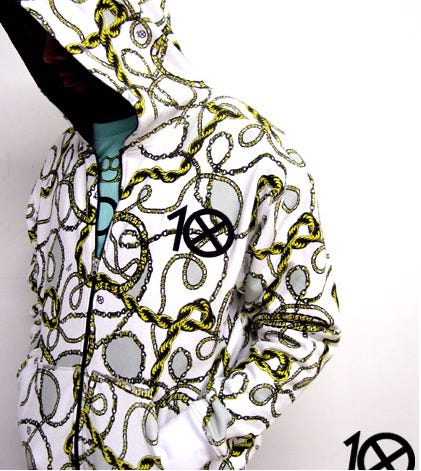
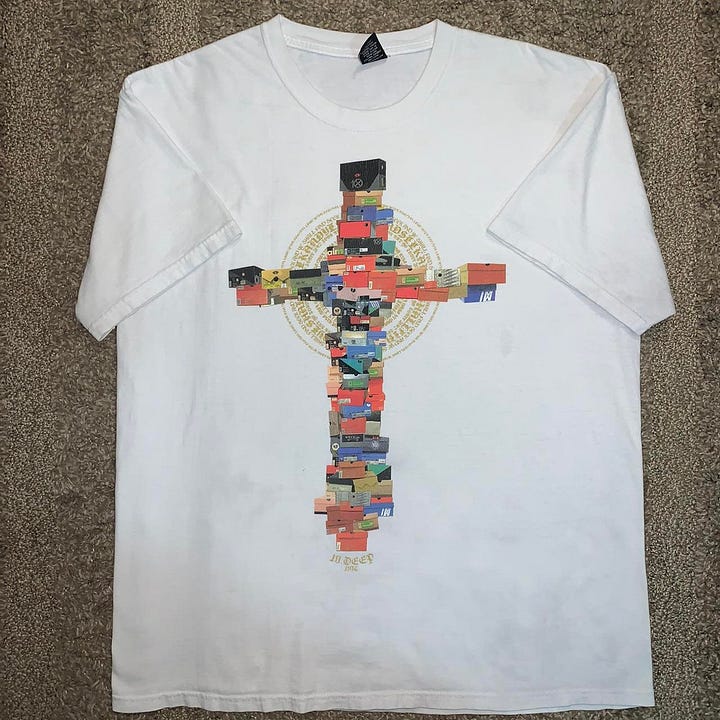
WHAT HAPPENED IN 2006?
SCOTT SASSO: Oh, the internet! It’s not like the internet came out in 2006, but at the end of 2005 the internet blogs started to recognize that maybe something was there. We had one item, a web store, and did numbers on it. You’re just doing it as sort of a face thing. It was the thing to do at the time. We did these ‘Protect Ya Neck’ scarves, and we put them online and I think this blog posted about it. We didn’t know they posted about it, but we had it in the store and we noticed that it was the only thing that we had sold ten or fifteen of. It wasn’t very much, but it was like, this is dope but this is happening too fast. What’s going on here? We found out that there was a post on this blog and we were like, ‘Oh, is that coming from this thing?’ (via)
At the same time, 10.Deep’s parties were becoming a thing of legend: DJs like A-Trak and Nick Catchdubs, free Sapporo, gift bags. These shits were rammed, with hundreds of people waiting outside in the rain.
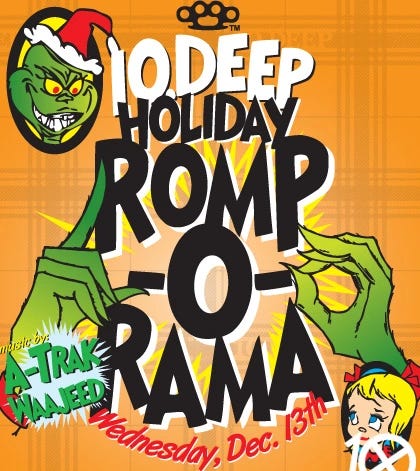
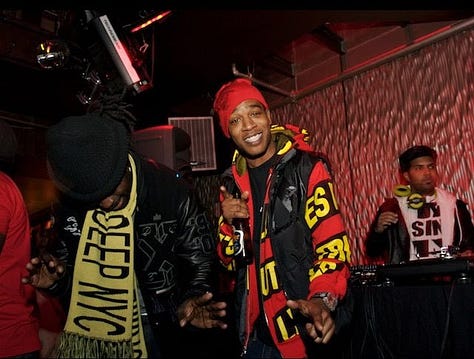
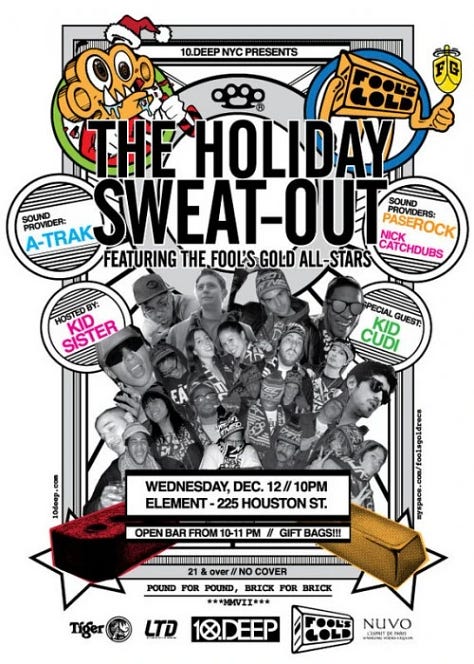
From my convo with Scott:
Business got crazy, quickly. We had a hard time keeping up with it, in 2006, So I did a handshake distribution deal in 2007 (that would eventually lead to the circumstances that forced the closing of the brand in 2022) but come mid-2007, we had breathing room to start doing some new things. A friend and soon to be marketing director, Emeka Obi, started asking me about doing some more artist driven mixtapes.
Their first artist-mixtape, Brass Knuckle Rap Hustle with Bed Stuy’s Spec Boogie, was - in Scott’s words - “great, but we didn't have the reach then to make a big splash.”
Amongst the first people he suggested were Wale, and Cudi. Based off of meeting Wale and finding out he had signed to a Allido Records, my college friend Mark Ronson's brand new label, I took the connection as a sign and ok'd doing the project. I figured if Mark and Emeka signed off on his music, I would too. Same for Cudi. Emeka described him as a cool kid who worked at the BAPE store and that he was working on some music with Pat. When I met Cudi, we exchanged some laughs around our shared name amongst other things, I decided I liked his vibe and he hopped into the photoshoot for our Holiday 2007 collection. This was in Oct/November of 2007.
In putting together a video for the Holiday 07 lookbook, Emeka suggested they use a Kid Cudi song as the soundtrack. Cudi sent over the song “Day N Nite,” which just about nobody had heard at that point but was understood by the few who had heard it to be…something special. The BTS was sent out. Now, back then, 5,000 plays on a video was a lot - I know from personal experience. But this clip did 20,000.
Was it the crazy brand hype of that time, or was it the video? We didn't know, but I definitely felt ok about doing the mixtape.
If only the rest of the music would show up! The mixtapes were delayed. By April, Scott was freaking out, because - though Wale and Cudi kept promising to deliver the goods - neither of the projects had been sent over.
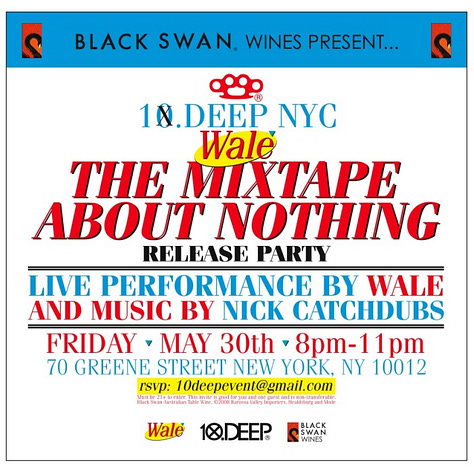
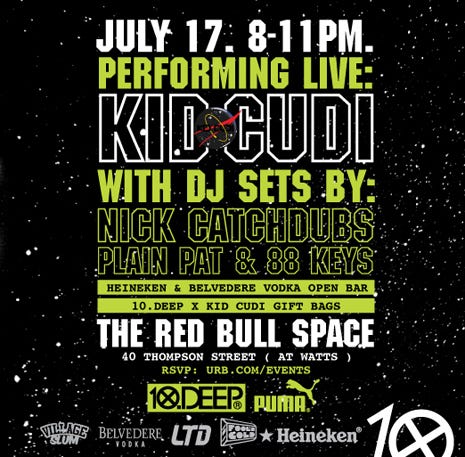
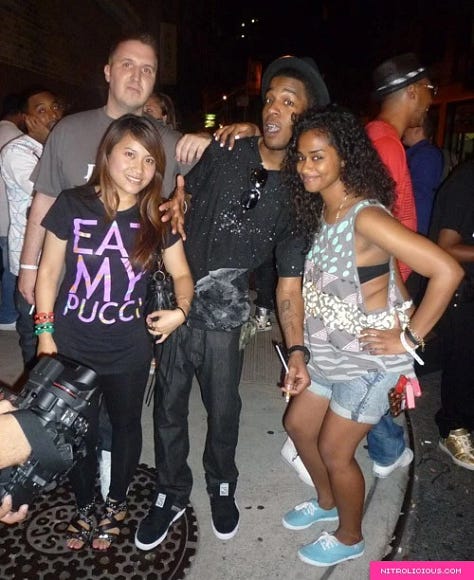
Wale’s event was a success, both in-house and nationwide. 10.Deep sent the CDs and promo tees to nearly 200 stores across the country. The cultural connection UNION had forged? 10.Deep was now achieving that same thing. If you ask Scott today, he feels they could’ve done more with Wale around the release. But alas. Still a win.
Cudi’s launch was similarly successful but…very stressful.
The tape came in at the absolute last minute. We almost pulled the event. As a result we were only able to make a small number of tees. Nearly missed deadline for making the physicals of the mixtape. We had to push the date which meant I wouldn't be able to attend. We expected a line, that was normal, but this one was longer. Cudi brought Va$htie along to intro him and since I wouldn't be around to do it, I ok'd it. And the rest is history.
Those two mixtapes - and the artists who made them - would go on to be generational and formational successes. Others would reach out, hoping to get the same co-sign:
In the ensuing years we were approached/discussed to do intro mixtapes with many other artists: Curren$y, Danny Brown, A$AP Rocky, Big Sean, J. Cole. We talked to both Mac and Wiz before they happened. I think 21... a lot of people. We were getting asks about starting a label by people at major labels. It was crazy. It quickly became too much for me to handle so I just returned to focusing on the clothes.
There was an importance to music blogs (as talked about in our podcast) but streetwear was able to take that into the real world. Clothing has always been how you find community: that’s how you know who the goths were in high school, as an easy example. It immediately shows your interests. But also, and what I didn’t think of, was how important the stores themselves were to this time period:
I think in regards to music and culture building, it’s brands like 10.Deep, and The Hundreds, and Mishka who stepped out at a time when the brands had become the conduits of a shift in the culture and supported artists who were speaking the language and tastes of a new generation. The brands were an important conduit through which these artists could be heard. The music blogs were obviously important too, but because of the brands the music that they supported got coverage on the streetwear and hype blogs.
Because of the brands, the music got exposed and played in small stores that were the locus points of small communities of forward thinking folks across the country and the world. The brands helped these artists circumvent the entrenched structures of radio and the music business, both because they were commanding dollars in the marketplace and and the business world was paying attention to what we were doing, but also because they had direct connections to their communities that didn't go through traditional gatekeepers.



10.Deep - as mentioned earlier - ended in 2022. There are many peaks and valleys not covered here: the days they almost gave up and the time Jay-Z wanted to buy the brand; the Donnis tape; the artists they co-signed early and helped on their journey. The clothing they made and the memories they inspired.
10.Deep shaped a generation or two, and that’s a story worth telling. If someone wants to build a Wiki page for 10.Deep, that’d be a good start.




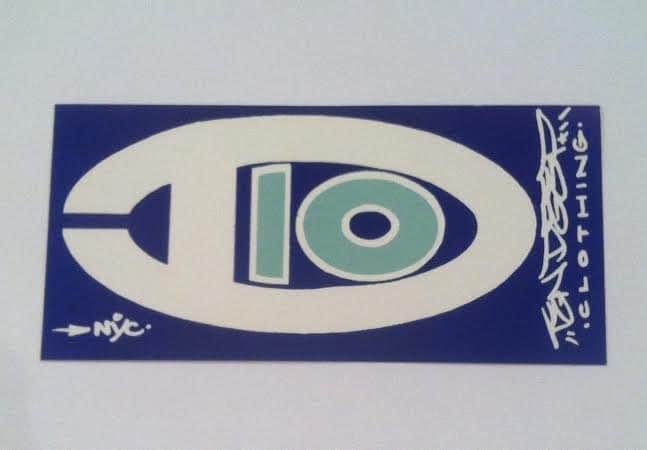
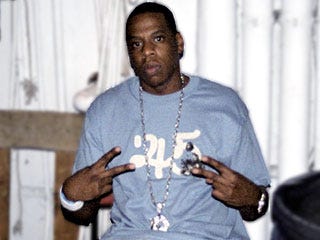
a bonus chapter beautifully told.
man, the memories!